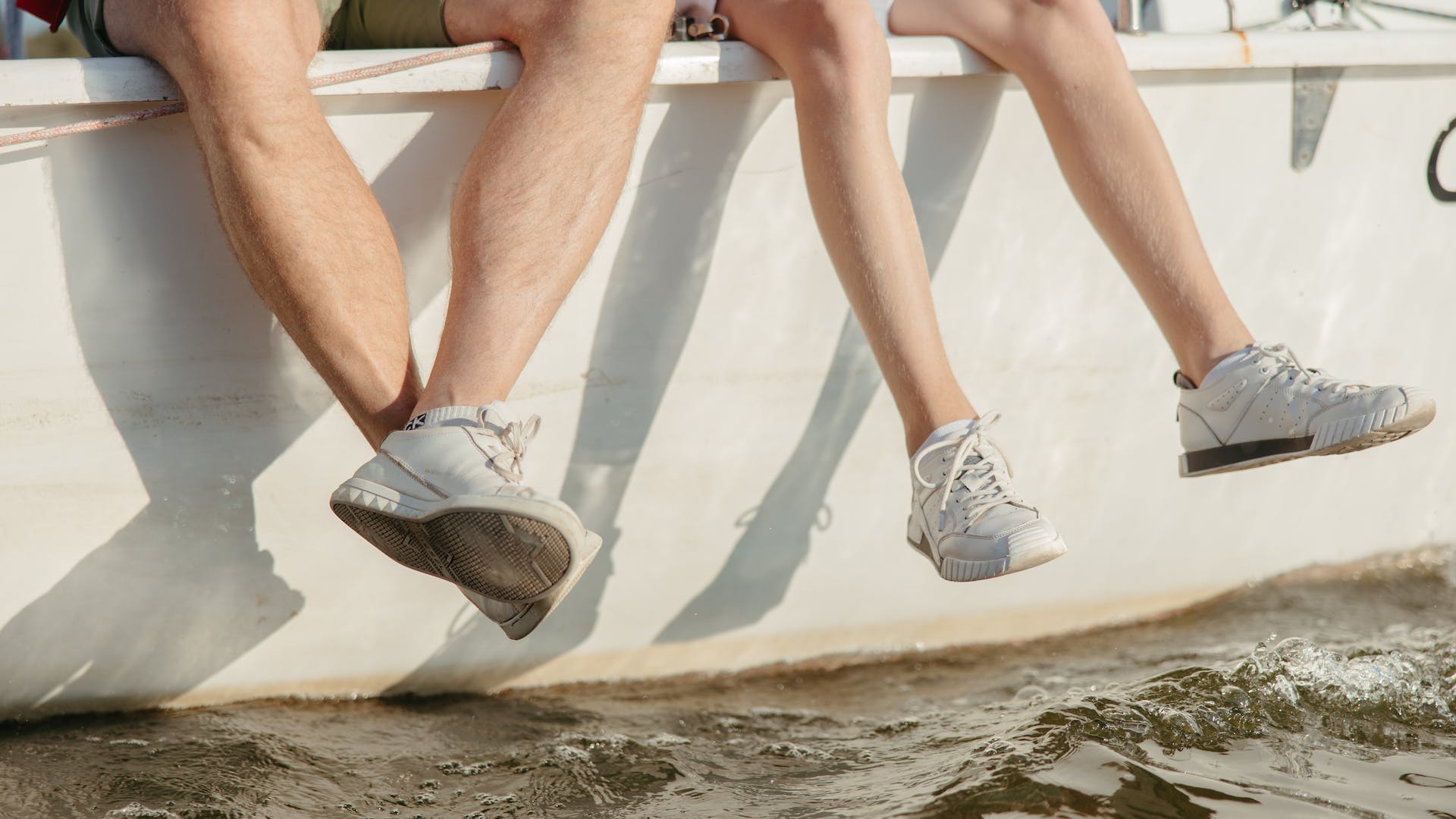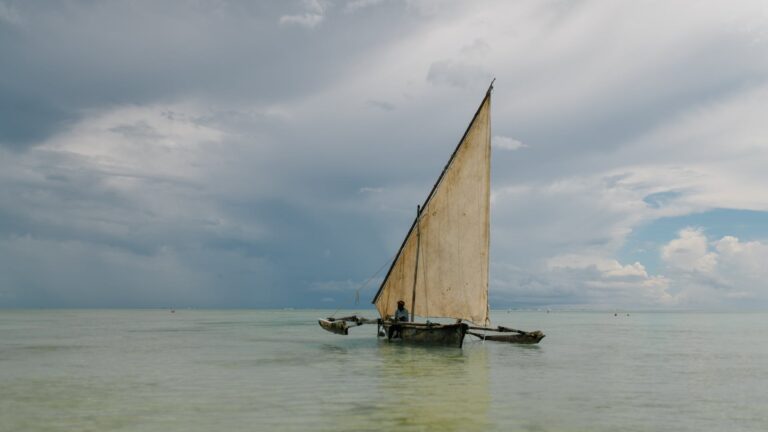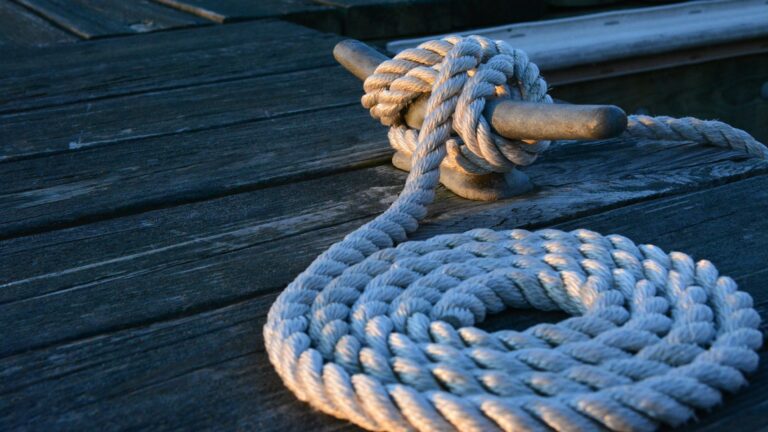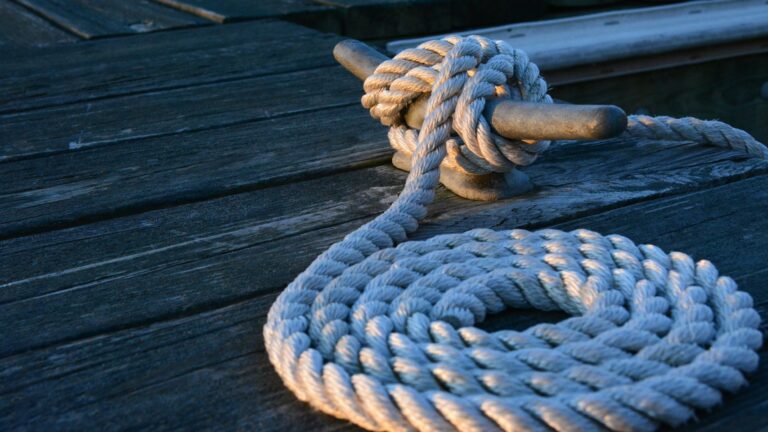What pound anchor do I need for a 20 foot boat?
- Introduction
- Factors to Consider When Choosing an Anchor
- Different Types of Anchors
- How to Calculate the Appropriate Size of Anchor for a 20 Foot Boat
- Popular Types of Anchor for a 20 Foot Boat
- Pros and Cons of Using a Claw Anchor
- Pros and Cons of Using a Plow Anchor
- Pros and Cons of Using a Fluke Anchor
- Pros and Cons of Using a Mushroom Anchor
- Conclusion
- Further Reading
What Pound Anchor Do I Need for a 20 Foot Boat?
For boat owners, deciding on the right anchor for your vessel can be tricky business, but it’s an important decision to make when it comes to safe and secure mooring, anchoring, or docking your boat in any weather condition or water body type. This article will provide you with an overview of the factors that should be taken into consideration when choosing the appropriate size anchor for your 20 foot boat, as well as advice on the different types available, their pros and cons, and how to calculate the appropriate size anchor for your specific vessel’s needs.
## Factors to Consider When Choosing an Anchor
Before you can decide on what size anchor is right for your 20 foot boat, there are some important factors that need to be taken into account first:
-
Size of Boat – The size of your boat is going to determine the size and weight of the anchor that is necessary in order to safely secure it in place during any weather condition or water body type. A larger vessel will require a heavier anchor than a smaller one in order to provide adequate holding power in any situation.
-
Type & Weight of Rode – The rode (chain or rope) you choose should be strong enough to handle the weight of the anchor itself as well as any additional strain during rough weather conditions or currents. It’s also important that you use either galvanized chain or nylon rope, as these are best suited for anchoring purposes due to their durability over time and resistance against corrosion from saltwater exposure.
-
Bottom Conditions – Knowing what kind of bottom conditions you are likely to encounter will help you decide on the best type of anchor for those specific conditions (more on this below). Different types work better in different scenarios such as sand, mud, grassy bottoms, etc., so it’s important that you know what conditions you are likely to encounter when choosing an anchor.
-
Wind Speed & Direction – Knowing both wind speed and direction helps determine how much force will be put on your vessel when it is securely moored or anchored in place during inclement weather or rough waters; this then helps determine what size anchor will provide adequate protection from those forces without being too heavy or unwieldy for your particular boat size & type. As a general rule, a holding power of 90 pounds is sufficient for safely anchoring a 20′ boat in winds up to 20 mph; however this is dependent on both wind speed & direction so always use caution when mooring under these conditions if possible.
Different Types of Anchors
Now that we’ve gone over some factors that should be taken into consideration when choosing an anchor, let’s take a look at some popular types which may be suitable for use with your 20 foot boat:
-
Claw (Bruce) Anchor – This type is popular due its lightweight construction yet strong holding power; they are also easy to deploy and retrieve as they have two flukes which dig into soft bottoms such as sand or mud with ease; however they do not work well with rocks or grassy bottoms due their design structure so this needs to be taken into consideration if you plan on using them regularly in those types of environments/conditions
-
Plow (CQR) Anchor – These anchors have been around since 1933 and have become known for their ability to reset quickly after being dragged along the bottom surface; they work great in sand & mud bottoms but tend not to perform well with rocky or grassy surfaces due their shape design; however they are still popular due their wide range useability across many scenarios/conditions
-
Fluke (Danforth) Anchor – This type features two flat blades which help it dig into soft bottoms such as sand & mud with relative ease; however they are not suitable for use in rocky surfaces due their lack of holding power there; they also tend not to reset easily after dragging along surfaces but if you plan on using them mainly in sandy/muddy areas than this should not pose too much difficulty
-
Mushroom (Kedge) Anchor – This style features several flukes around its circumference which gives it excellent holding power even in tougher bottom surfaces such as rocky areas; however it does tend not reset easily after dragging along surface so if you plan on using it regularly then take this into consideration before making your purchase decision
How To Calculate The Appropriate Size Of Anchor For A 20 Foot Boat
In order to calculate the appropriate size anchor needed for your 20 foot vessel, consider these items:
-
Your local wind speed conditions- First consider how often strong winds occur where you plan on anchoring/mooring your vessel most frequently; this will help determine how much weight is needed by taking into account both speed and direction as previously mentioned
-
The weight & length of rode- The weight & length chosen should be able to handle both the weight of the anchor itself plus any additional strain during rough weather conditions/currents; galvanized chain & nylon ropes work best here due their durable nature over time plus resistance against corrosion from saltwater exposure
-
Bottom Conditions- Knowing what kind of bottom conditions exist where you plan on anchoring most frequently can help narrow down choices by determining which types would work best there (ex: sand/mud vs rocky/grassy); this helps ensure optimal performance regardless if surface dragging occurs during inclement weather/rough waters
Popular Types Of Anchors For A 20 Foot Boat
Now let’s take look at some popular options available today when it comes down selecting an appropriate sized anchor for your 20 foot vessel:
Claw (Bruce) Anchors
As previously mentioned these types are popular due their lightweight construction yet strong holding power; they also tend work great in sandy/muddy bottoms but not so much rocky/grassy ones due design structure; they are easy deploy & retrieve so if mostly used sandy/muddy areas then this one could prove useful choice
Pros:
-
Lightweight construction yet strong holding power
-
Easy deploy & retrieve
-
Good choice sandy/muddy areas
Cons:
-
Not suitable rocky/grassy areas
Plow (CQR) Anchors
These anchors have been around since 1933 & become known their ability reset quickly after dragging along bottom surface; again works great sand & mud but tends not perform well with rocky or grassy surfaces due design shape structure; still remains popular wide range useability across many scenarios/conditions
Pros:
-
Resets quickly after dragging along bottom surface * Good choice sand & mud bottoms * Wide range useability across many scenarios/conditions ### Cons: * Not suitable rocky or grassy surfaces ### Fluke (Danforth) Anchors This type features two flat blades which help dig into soft bottoms like sand & mud relative ease but not suitable use rocky surfaces lack holding power there plus tends not reset easily after dragging along surface either so mainly used sandy/muddy areas should pose too much difficulty #### Pros: * Digs into soft bottoms like sand & mud relative ease #### Cons: * Not suitable use with rocky surfaces * Tends not reset easily after dragging along surface ### Mushroom (Kedge) Anchors This style features several flukes around circumference give excellent holding power even tougher bottom surfaces like rocks however does tend not reset easily after dragging along surface either so if plan using regularly take consideration before making purchase decision #### Pros: * Excellent holding power even tougher bottom surfaces like rocks #### Cons: * Does tend not reset easily after dragging along surface ## Conclusion Selecting right pound anchor do need challenging business however key making sure one provides adequate protection forces without being too heavy unwieldy particular boat size type also important factor knowing kind bottom conditions likely encounter help decide best type those specific conditions more above Lastly always make sure pay attention local wind speed conditions ensure anchors provides optimal performance each situation regardless whether mooring docking anchoring place ## Further Reading Choosing The Right Size And Type Of Boat Anodes How To Choose An Appropriate Size Of Boat Anode Choosing The Right Type Of Boat Anode







